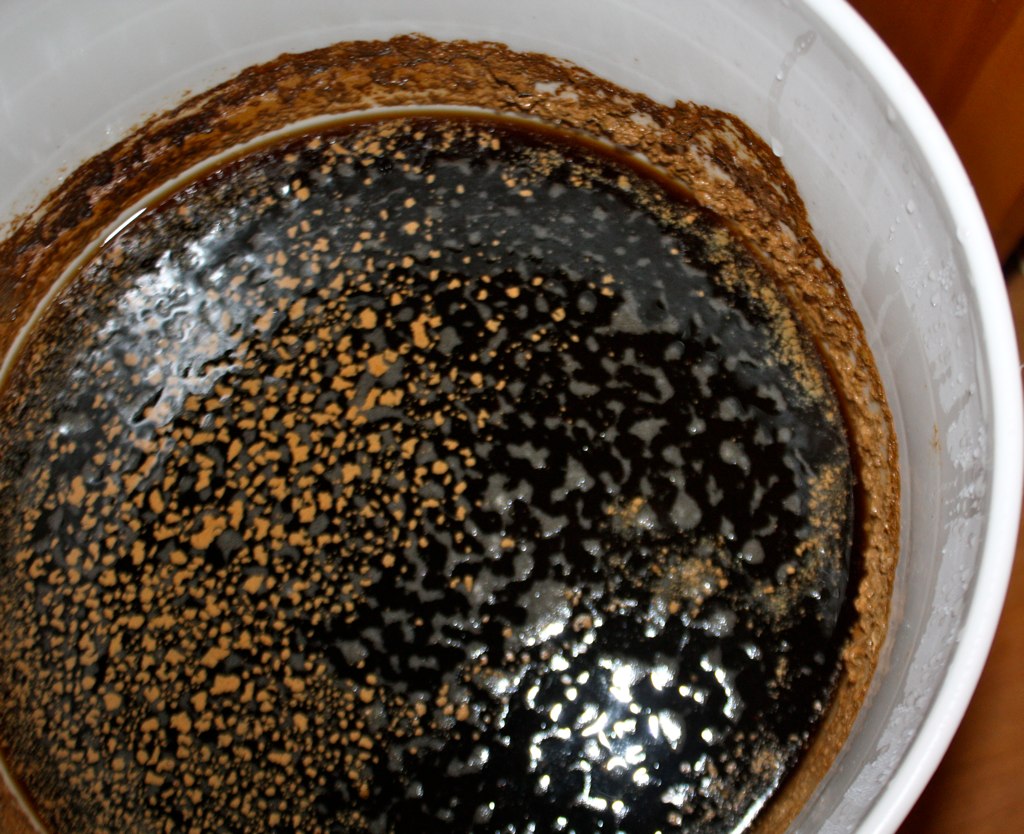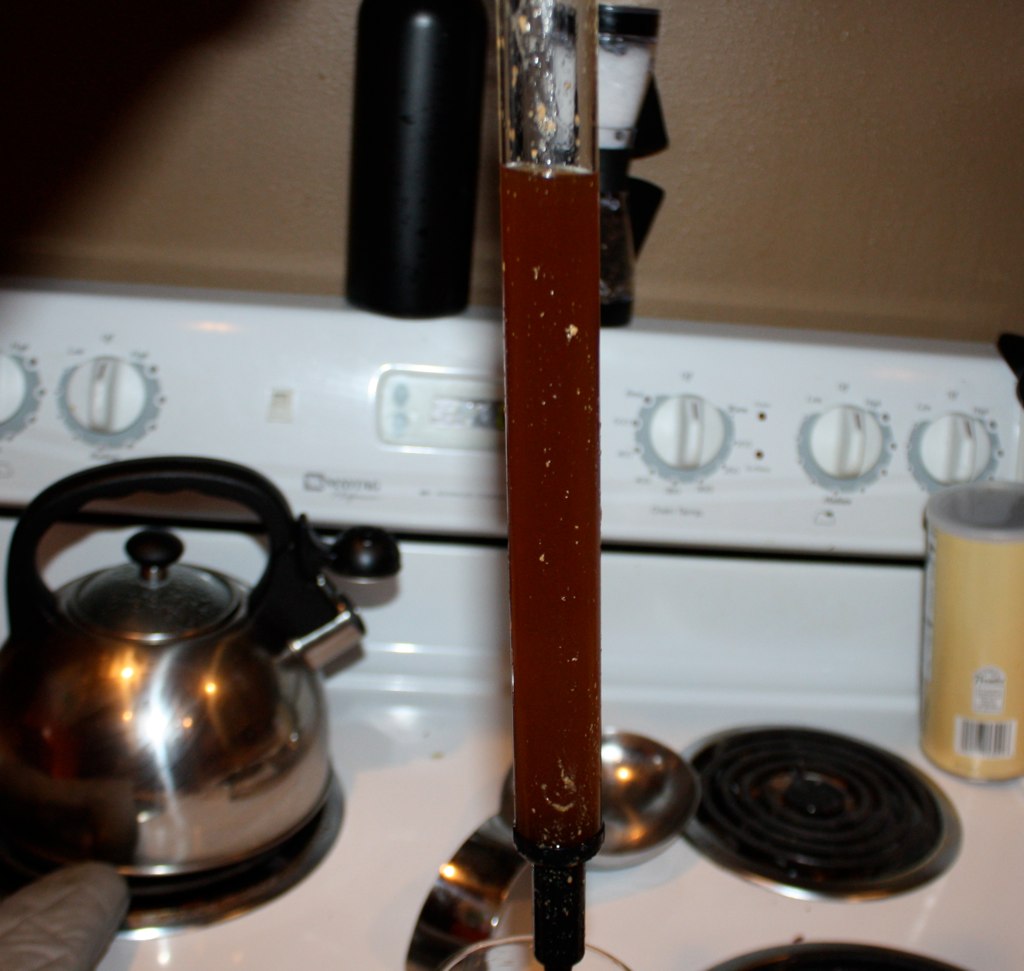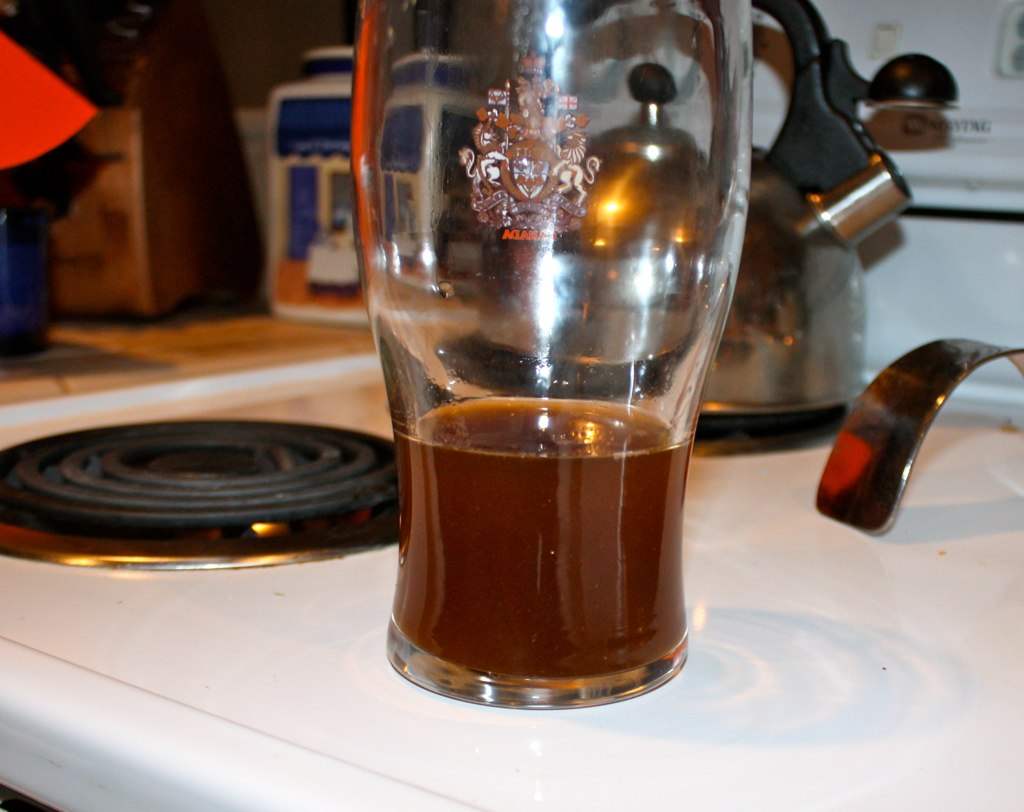AgentHubcap
Well-Known Member
Not sure what went wrong. This was my first beer. Here's my recipe:
7.1 lbs amber LME
1.0 lb flaked barley
1.0 lb roasted barley
0.5 lb crystal 120L
1.0 lb carapils
2.0 oz perle @ 90min
WLP080 cream yeast blend.
I went to take a gravity reading tonight, and it looks like an amber. Tastes like one, too . Does the recipe above look like it should make a dark beer?
. Does the recipe above look like it should make a dark beer?
7.1 lbs amber LME
1.0 lb flaked barley
1.0 lb roasted barley
0.5 lb crystal 120L
1.0 lb carapils
2.0 oz perle @ 90min
WLP080 cream yeast blend.
I went to take a gravity reading tonight, and it looks like an amber. Tastes like one, too
 . Does the recipe above look like it should make a dark beer?
. Does the recipe above look like it should make a dark beer?



